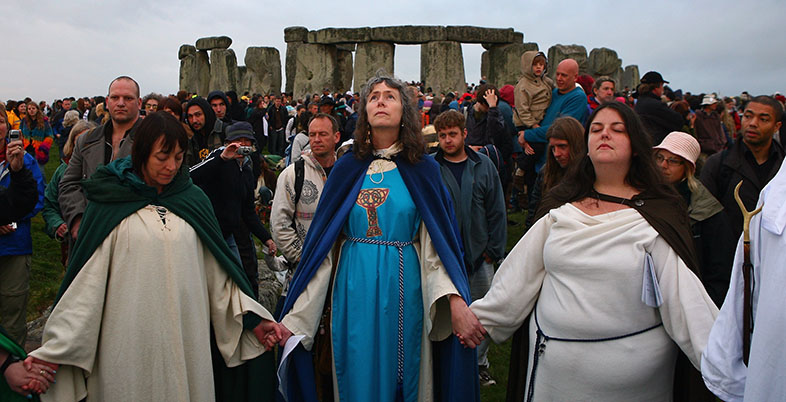3.6 Wicca: a new religious practice
Gardner’s account of Wicca as a survival of pre-Roman paganism was convincingly disproven by Ronald Hutton’s Triumph of the Moon in 1999. The upshot for contemporary Pagans was that Wicca had to be understood not as a revival of an old religion, but as a new religion, created from modern ideas about old religion to fit the changing needs of modern religious seekers. Despite the challenges to its ‘survival’ origin story, Triumph of the Moon has led to Wicca being taken more seriously by scholars and arguably the legal system since its publication.
For practitioners too, Wicca had reached a stable position as it entered the twenty-first century. The broader (Neo)Pagan movement it had instigated has a strong presence in the US and Northern Europe; Wicca gained legal protection as a religion in the US in 1986, and continues to campaign for legal recognition in the UK. Estimates put the number of Wiccans in the US to be upwards of 300,000, and in the 2011 UK census, 56,620 people identified as Pagan in England and Wales, making Paganism the seventh-largest religion in UK today (Office for National Statistics, 2011). Thus in terms of both numbers and social acceptance, the case can certainly be made that Wicca has been the most successful new religion of the Sixties.
